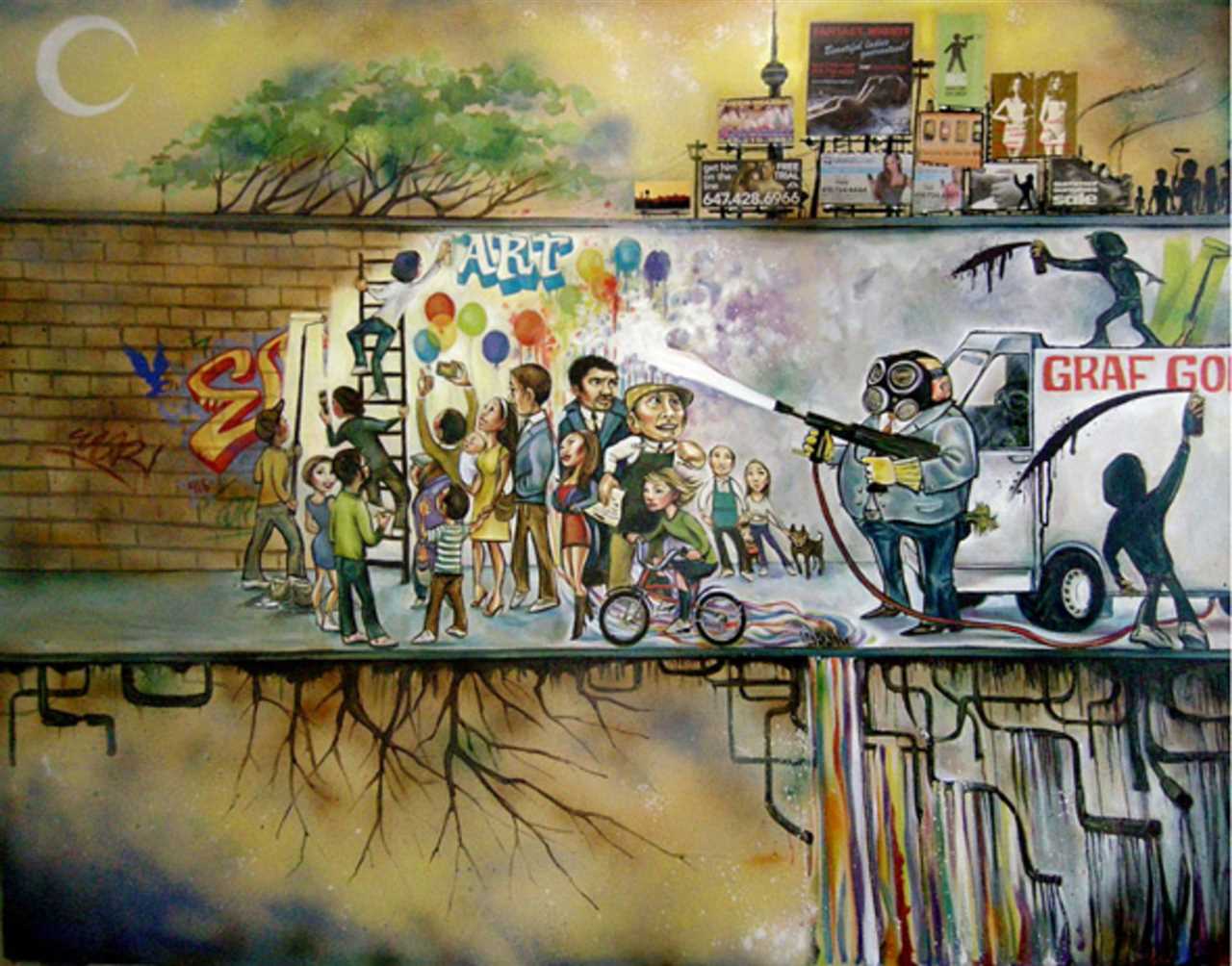
Street art has long been a form of personal expression, allowing artists to communicate their ideas and perspectives with the world. One of the most prominent and controversial forms of street art is graffiti. Graffiti has evolved over time, from simple tags and signatures to intricate murals and politically charged pieces.
Graffiti, in its earliest form, can be traced back to ancient civilizations, where individuals would leave their mark on walls as a means of personal identification or as a form of communication. However, it wasn’t until the late 1960s and early 1970s in New York City that graffiti began to take on a new life and purpose.
As the graffiti scene grew, so did the complexity and intricacy of the artwork. Graffiti began to evolve from simple tags to more elaborate pieces, incorporating vibrant colors and intricate designs. Artists started to experiment with different styles and techniques, pushing the boundaries of what was possible in public art.
The Roots of Street Art and Graffiti
Street art and graffiti have a rich and complex history, rooted in the human impulse to make art in public spaces. While their contemporary forms may be seen as rebellious and countercultural, they have deep historical roots that can be traced back to ancient civilizations.
One of the earliest known examples of public art can be found in the ancient Roman city of Pompeii. In this city, which was buried by the eruption of Mount Vesuvius in 79 AD, archaeologists have discovered colorful murals and graffiti that provide a glimpse into the daily lives of its inhabitants.
In the 20th century, street art and graffiti became a form of protest and a tool for marginalized groups to express their experiences and opinions. The New York City subway system during the 1970s became a canvas for artists who sought to make their voices heard in a city plagued by crime, inequality, and neglect.
Throughout the decades, street art and graffiti have evolved and embraced new techniques, materials, and styles. What started as simple tags and signatures has transformed into elaborate and often politically charged murals. Artists have embraced various mediums, from spray paint to stencils to wheatpaste.
Today, street art and graffiti continue to challenge conventions and push boundaries. While some may still view it as vandalism, many cities and communities have come to recognize their cultural and artistic value, with dedicated street art festivals and legal graffiti walls.
The roots of street art and graffiti run deep, connecting us to our past and pushing us forward into the future. They serve as a visual commentary on society, a reminder of our shared humanity, and a testament to the power of art to transcend boundaries and communicate across generations.
The Cultural Significance of Urban Art

Urban art, including graffiti and street art, has had a profound impact on culture and society. It has emerged as a form of artistic expression that challenges traditional notions of art and reclaims public spaces for creative purposes.
Breaking Down Barriers

Urban art has the power to break down barriers and democratize the art world. Unlike traditional forms of art that are often confined to galleries and museums, urban art is accessible to everyone. It can be found on the streets, walls, and bridges of cities around the world, allowing people from diverse backgrounds and socioeconomic statuses to engage with it. This accessibility fosters a sense of inclusivity and cultural exchange, bringing art to the public in an unprecedented way.
Social Commentary and Political Activism

Urban art is often used as a medium for social commentary and political activism. Artists use their work to shine a light on important social issues, challenging the status quo and promoting dialogue. By transforming public spaces into canvases for expression, artists can spark conversations and raise awareness about topics such as inequality, racism, and environmental degradation. Urban art has the unique ability to disrupt the urban landscape and make a powerful statement, turning cities into interactive galleries that convey powerful messages.
| Benefits of Urban Art | Examples |
|---|---|
| Encourages community engagement | Community murals that involve local residents in the creation process |
| Enhances aesthetic appeal of neighborhoods | Vibrant graffiti and street art that transform dull areas into visually stimulating spaces |
| Promotes cultural diversity | Street art festivals that showcase a range of artistic styles and perspectives |
| Inspires creativity and self-expression | Graffiti workshops and public art projects that empower individuals to express themselves |
The Transformation of Street Art through Digital Mediums
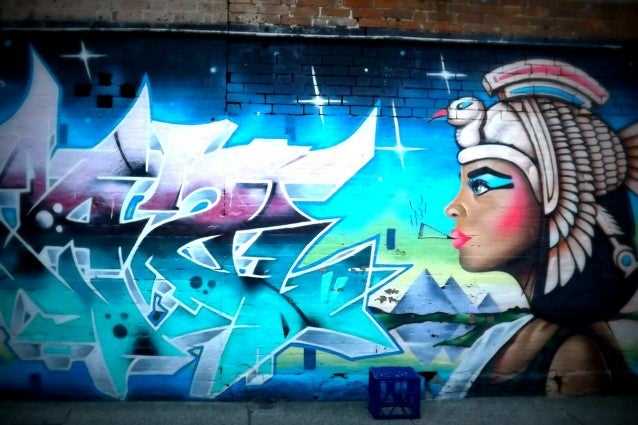
Street art has always been a form of self-expression and communication. It has been a way for artists to make their mark on the world and share their ideas with the public. In recent years, however, street art has undergone a transformation through the use of digital mediums.
The rise of social media and digital platforms has allowed street artists to reach a wider audience and gain recognition for their work. Artists can now upload pictures and videos of their art to platforms like Instagram and YouTube, allowing people from all over the world to see their creations. This has led to an increased appreciation and understanding of street art as a legitimate art form.
Furthermore, technology has enabled artists to experiment with new techniques and styles. Digital tools like graphic design software and digital projection have allowed street artists to create intricate and detailed pieces that were once only possible on a smaller scale. The use of digital mediums has also allowed artists to blend traditional street art techniques with digital elements, creating a unique and innovative style.
The evolution of street art through digital mediums has also sparked a new form of collaboration. Artists can now work together remotely, sharing their ideas and creations online. This has opened up opportunities for artists to collaborate with others from different parts of the world, bringing together different styles and perspectives.
However, the transformation of street art through digital mediums has also brought about controversy. Some argue that digital street art lacks the raw and spontaneous nature of traditional graffiti. They argue that the use of digital tools takes away from the authentic experience of creating art in the streets.
Despite the controversy, it is undeniable that the emergence of digital mediums has had a profound impact on the world of street art. It has allowed artists to reach new audiences, experiment with new techniques, and collaborate with others in ways that were once impossible. As technology continues to evolve, it will be interesting to see how street art continues to adapt and grow.
Exploring the Artistic Techniques in Spray Can Art
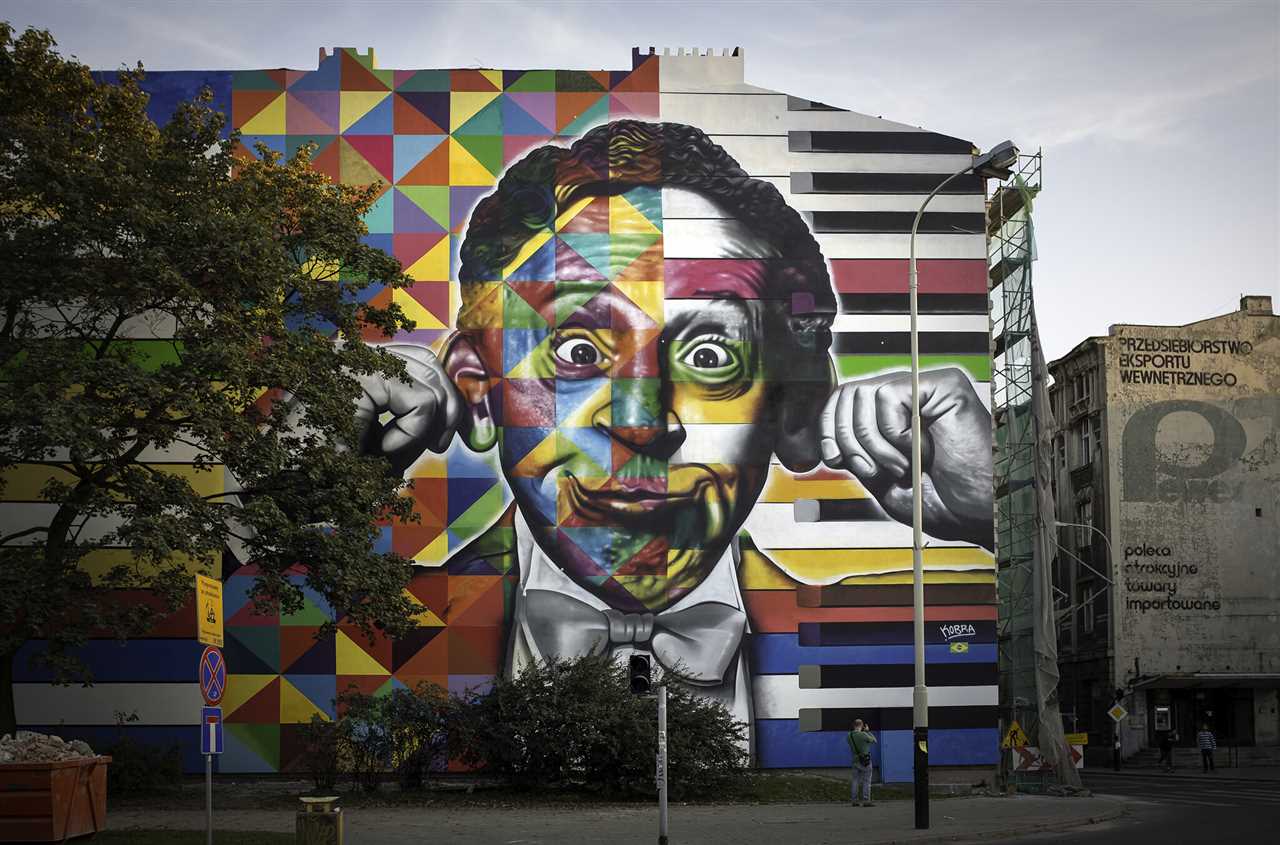
Spray can art is a form of street art that has gained immense popularity over the years. Artists utilize spray cans to create intricate and vibrant artworks on public surfaces such as walls, buildings, and even trains. The use of spray cans allows for a unique and versatile approach to art, opening up endless possibilities for artistic expression.
1. Layering and Depth
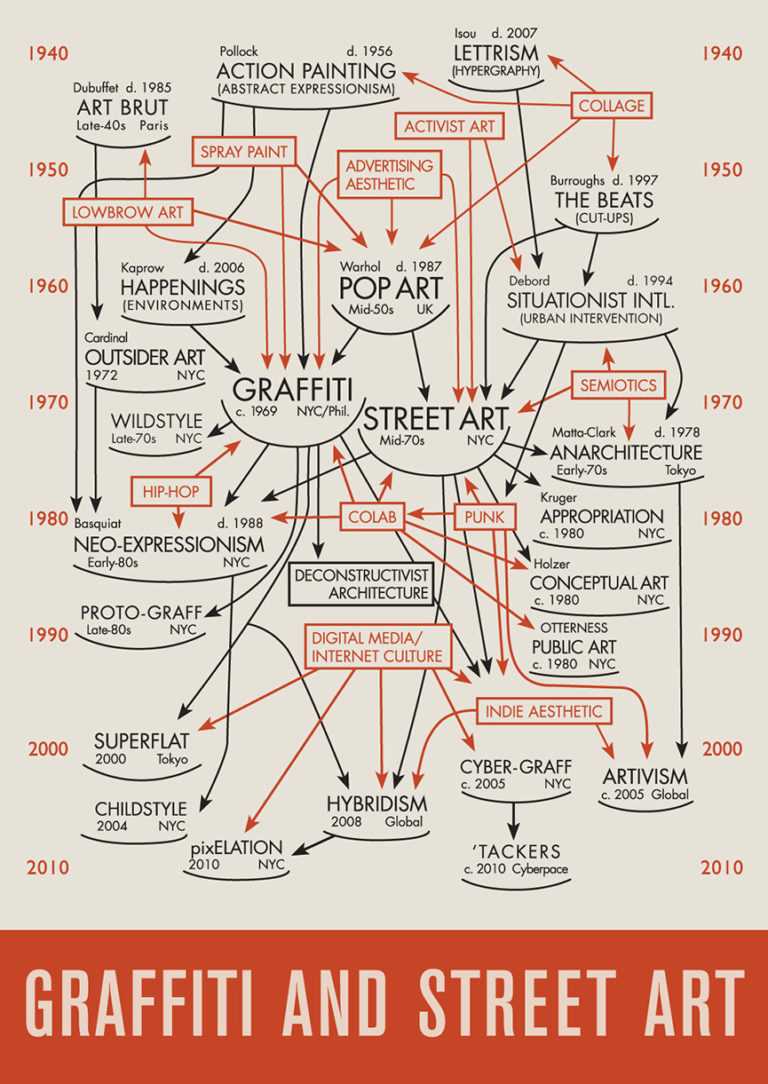
One of the key techniques in spray can art is layering. Artists use multiple layers of spray paint to create depth and dimension in their artwork. By layering different colors and shades on top of each other, they can achieve a three-dimensional effect that adds interest and complexity to the piece. This technique requires precision and skill to ensure that each layer is applied with the right amount of opacity and transparency.
2. Blending and Gradient
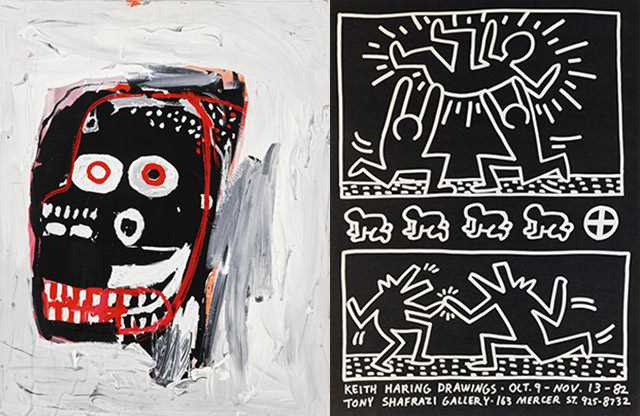
Another technique commonly used in spray can art is blending and gradient. Artists use the nozzle of the spray can to create smooth transitions between colors, resulting in a seamless gradient effect. This technique can be challenging to master, as it requires a steady hand and a thorough understanding of color theory. By blending different hues together, artists can create visually striking and harmonious artworks.
Spray can art also allows artists to experiment with different textures and finishes. By altering the distance and angle at which they spray the paint, artists can create various textures, such as fine lines, splatters, or even a dripped effect. These textures add depth and visual interest to the artwork, making it more dynamic and interactive.
Overall, spray can art is a versatile and expressive medium that allows artists to push the boundaries of traditional graffiti and street art. Through the use of layering, blending, and texture, artists can create stunning and visually captivating artworks that engage and inspire viewers.
The Role of Tagging in Street Art
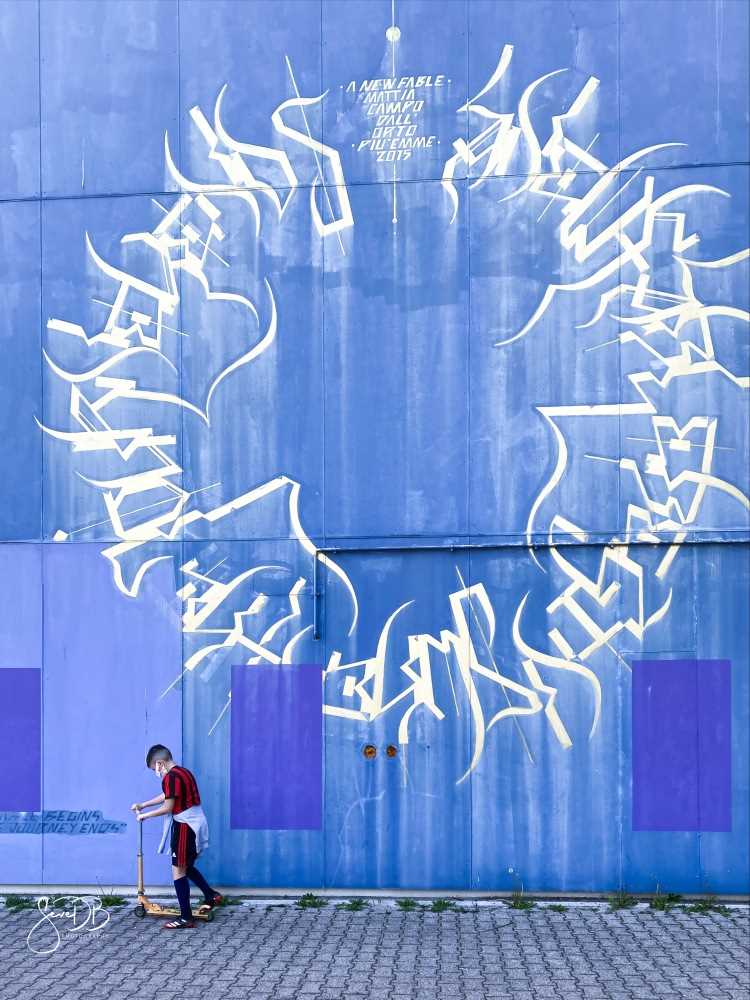
Tagging allows artists to establish their presence in the urban landscape and gain recognition within the street art community. It serves as a way for artists to leave their mark and express their individuality. Tagging can become a powerful tool for self-promotion, as artists aim to create a memorable and recognizable tag that resonates with viewers.
Moreover, tagging can serve as a form of communication and collaboration among street artists. Artists may tag over each other’s work or respond to existing tags, creating a dialogue and pushing the boundaries of artistic expression. In this way, tagging becomes a visual conversation, with each artist contributing to a larger narrative or artistic exchange.
However, it is important to note that tagging can also generate conflicts and legal repercussions. Some view excessive tagging as a blight on public spaces, leading to increased efforts in graffiti removal and prevention. Municipalities often impose fines and penalties for those caught tagging public property, considering it a form of vandalism.
Despite these controversies, tagging remains an integral part of the street art movement. It is a way for artists to assert their presence, express their creativity, and participate in a vibrant artistic subculture. Tagging may continue to evolve alongside street art, enduring as a fundamental aspect of this ever-changing and dynamic form of artistic expression.
Street Art as a Tool for Urban Activism

Through their art, urban activists use the streets as their canvas to engage with the public, sparking conversations about topics such as inequality, environmental concerns, and human rights. By creating visual narratives, street artists can draw attention to overlooked problems and provide a voice for marginalized communities.
One of the main strengths of street art as a tool for urban activism is its accessibility. Unlike traditional art forms that are usually confined to galleries or museums, street art is accessible to everyone. This inclusiveness allows artists to reach a broader audience and make an impact on a large scale. Whether it’s a mural, a stencil, or a simple tag, street art has the potential to capture the attention of passersby and provoke thought.
Street art also has the ability to transform the perception of public spaces. By taking over neglected walls or abandoned buildings, artists can reclaim urban environments and inspire a sense of community pride. Through their art, they can reimagine spaces, creating vibrant and engaging environments that invite people to interact and connect with their surroundings.
Moreover, street art can serve as a catalyst for urban revitalization. By bringing color and creativity to once dull and uninspiring areas, street art can attract tourists, stimulate local economies, and boost community development. In this way, street art not only creates art but also has the potential to improve the quality of life for residents.
While street art as urban activism has gained recognition and acceptance, it still faces challenges and controversy. Despite its positive impact, street art is often seen as vandalism and is subject to removal by authorities. However, street artists continue to push boundaries in order to create meaningful and thought-provoking art that challenges the status quo.
The Impact of Murals in Transforming Urban Spaces

Murals have become a powerful tool in reimagining and transforming urban spaces. These large-scale artworks have the ability to breathe new life into neglected or overlooked areas of a city, turning them into vibrant and engaging spaces.
One of the major impacts of murals is their ability to foster a sense of community and pride in a neighborhood. By collaborating with local artists and community members, murals can capture the spirit and identity of a place, creating a visual representation of its history, culture, and values. These colorful and expressive works of art can instill a sense of ownership and belonging among residents, encouraging them to take pride in their surroundings and contribute to the overall improvement of the neighborhood.
Murals also have the power to transform mundane environments into visually stunning and thought-provoking landscapes. They can turn blank walls, alleys, and underpasses into captivating works of art that engage and inspire passersby. These large-scale paintings can inject creativity and imagination into the urban fabric, challenging the notion of what constitutes traditional public art. Murals can spark conversations, evoke emotions, and provoke thought, ultimately enhancing the cultural and social fabric of a city.
Additionally, murals can also serve as catalysts for economic development and tourism. When strategically placed, these eye-catching artworks can attract visitors and tourists, drawing attention to formerly overlooked areas. Murals can transform forgotten neighborhoods into destinations, breathing new life into local businesses and stimulating economic growth. By creating a visually appealing environment, murals can help foster a prosperous and thriving urban landscape.

I am a mural enthusiast and a fervent admirer of street art. Rather than creating murals myself, I am passionate about collecting them. My love for street art knows no bounds. I am dedicated to curating and cherishing these artworks that grace the streets. My collection stands as a testament to my profound appreciation for this form of artistic expression.
read about me



